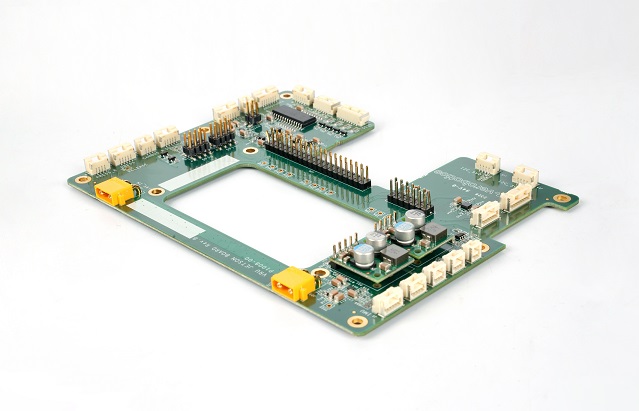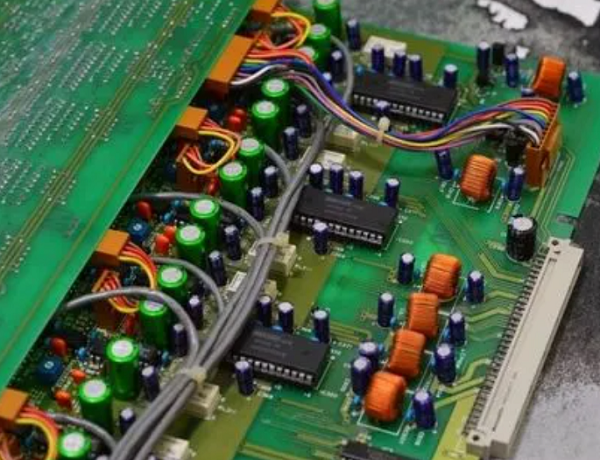An audio board, often referred to as a soundboard or mixer, is a crucial device in the world of sound engineering. Whether you’re working on a live concert, recording in a studio, or simply enhancing audio for a video production, understanding the role of an audio board is essential. This guide will walk you through what an audio board does, its various names, and how to set one up effectively.

What Does an Audio Board Do?
An audio board, or soundboard, manages and controls audio signals. It’s used in many settings, from live concerts to recording studios. The primary function of an audio board is to mix different audio sources, such as microphones and instruments, to create a balanced sound output. This device allows sound engineers to adjust levels, equalize sound frequencies, and add effects to enhance the overall audio experience.
In more technical terms, an audio board receives input signals, processes them, and sends them to an output device. This processing can include adjusting volume levels, panning audio between speakers, and applying effects like reverb or delay. The result is a well-mixed audio output that sounds harmonious and professional.
What is Also Called an Audio Board?
An audio board goes by several names, depending on its use and context. Commonly, it’s known as a soundboard or mixing console. In professional settings, you might hear it referred to as an audio mixer or sound mixer. These terms are often used interchangeably, but they all refer to the same essential device that manages and manipulates audio signals.

Other names include audio mixing board and professional mixing board. These names highlight the device’s role in combining multiple audio inputs into a single or multiple outputs. Whether you’re shopping for an audio board online or looking to upgrade your studio equipment, understanding these terms will help you find the right product for your needs.
What is the Working Principle of Audio Board?
The working principle of audio circuit refers to the process of audio signal transmission and processing in the circuit. In general, the frequency range of audio signals is 20Hz to 20kHz, and they are electrical signals used to transmit sound. The processing of audio signal includes amplification, mixing, filtering and so on.
Amplification refers to increasing the amplitude of the audio signal so that it can drive the speaker to produce a sound. The amplification process is generally achieved using an amplifier, the principle is to use the amplifier tube of the amplifier to amplify the input signal and then output it to the speaker.
Mixing refers to the process of mixing multiple audio signals into one signal. In a mixing circuit, multiple audio signals are mixed together through a mixer to output a composite signal. The mixer is generally composed of an operational amplifier and a mixer. The operational amplifier is responsible for adding multiple input signals, while the mixer is responsible for adjusting the volume ratio of each input signal.
Filtering refers to filtering the audio signal through a filter to remove unwanted frequency components. Filters are generally divided into low-pass filters, high-pass filters and band-pass filters. A low-pass filter only allows low-frequency signals to pass through, a high-pass filter only allows high-frequency signals to pass through, and a bandpass filter only allows signals in a certain frequency range to pass through.
Is a Sound Board the Same as a Mixer?
Yes, a soundboard and a mixer are essentially the same device. Both terms describe equipment used to blend and adjust audio signals. The term “mixer” is often used in professional audio production environments, while “soundboard” is more common in live sound settings.
The confusion between these terms arises from their varied applications. A soundboard is typically associated with live events, where audio engineers manage the sound in real-time. A mixer, on the other hand, might be used more broadly, encompassing both live and studio environments. Regardless of the term, the device’s primary function remains the same: to mix audio signals and produce a balanced sound output.
What is the Function of a Soundboard?
A soundboard, or audio mixer, plays a critical role in sound engineering by managing and manipulating audio signals. Let’s delve deeper into its functions:
- Mixing Audio Signals
- Equalization (EQ)
- Volume Control
- Panning
- Adding Effects
- Routing
- Dynamic Processing
- Monitoring
How Do You Hook Up a Soundboard?
Hooking up a soundboard needs to proceed several steps. Each step is the key point to make sure all audio sources are correctly connected and configured. Here’s a step-by-step guide:
- Prepare all necessary cables, microphones, instruments, and speakers.
- Plug your microphones and instruments into the input channels on the soundboard. Each channel corresponds to a specific input source.
- Connect the output channels of the soundboard to your speakers or recording devices. This usually involves using XLR or quarter-inch cables.
- Turn on the soundboard and all connected equipment.
- Adjust the input gain for each channel to ensure the signal is neither too weak nor too strong.
- Test each input and output to ensure everything is working correctly. Make necessary adjustments to the levels and EQ settings.
- Use headphones or monitor speakers to listen to the audio and make final adjustments.
How to Set Up a Sound Mixing Board?
Setting up a sound mixing board involves more than just connecting cables. Here are detailed steps to set up your sound mixing board effectively:
- Plan Your Setup
Determine the layout of your equipment and where each input and output will be connected. This planning stage helps avoid confusion during the actual setup.
- Label Everything
Label each input and output cable to know which source they correspond to. This step is crucial in complex setups with many audio sources.
- Connect Your Inputs
Plug in microphones, instruments, and any other audio sources into the appropriate input channels on the mixing board.
- Connect Your Outputs
Connect the main outputs to your speakers or PA system. Also, connect any auxiliary outputs to additional monitors or recording devices.
- Power Everything On
Turn on your mixing board and connected equipment. Make sure to power on any external preamps or processors first if you’re using them.
- Adjust Gain Levels
Set the gain for each input channel. Start with the faders at unity (0 dB) and adjust the gain until each input is at a proper level.
- Set EQ and Effects
Adjust the EQ settings for each channel to achieve a balanced sound. Add effects as needed to enhance the audio.
- Create a Mix
Use the faders to balance the levels of all input sources. Make sure each source is heard clearly without overpowering the others.
- Monitor and Adjust
Continuously monitor the sound through headphones or monitor speakers. Make adjustments as necessary to maintain a balanced mix.
EBest Circuit (Best Technology) has rich experience in the audio board manufacturing, we have served more than 2000+ customers and provide excellent turn-key solutions. If you are interested in the audio board pcb assembly, welcome to contact us.


